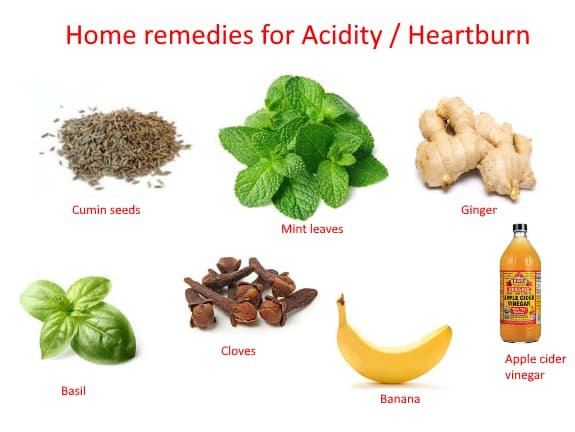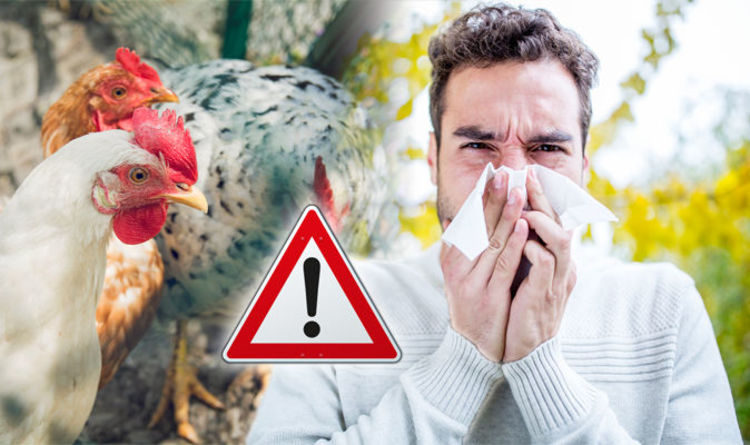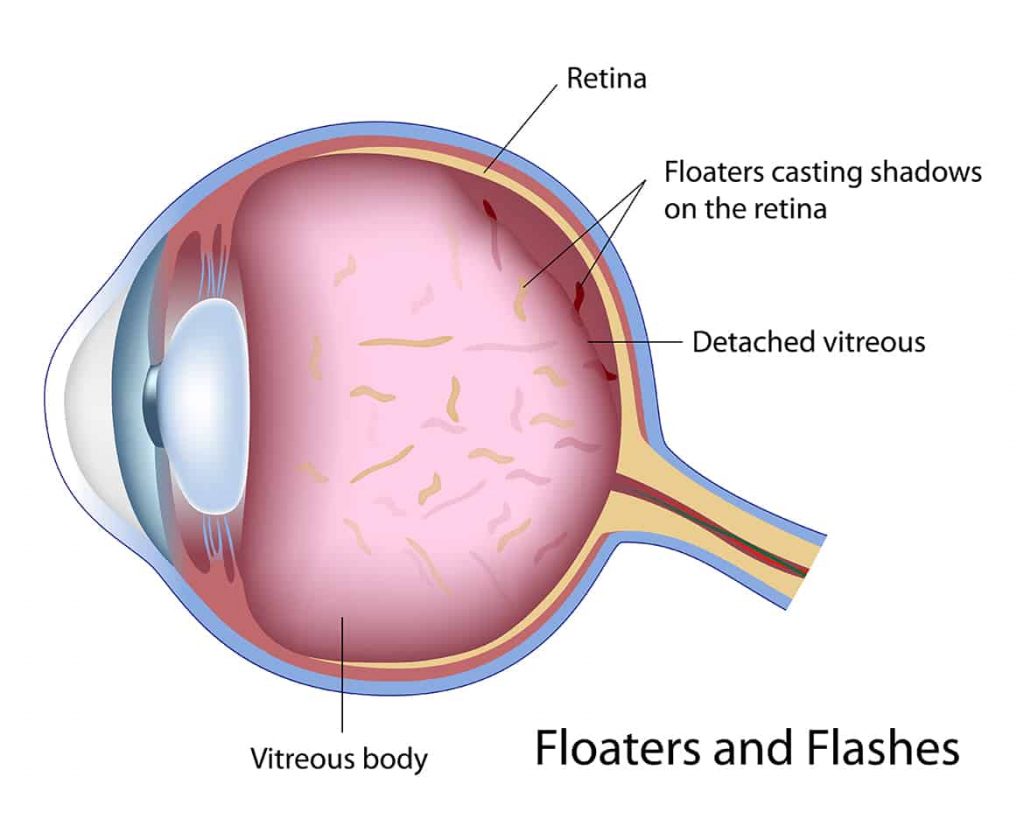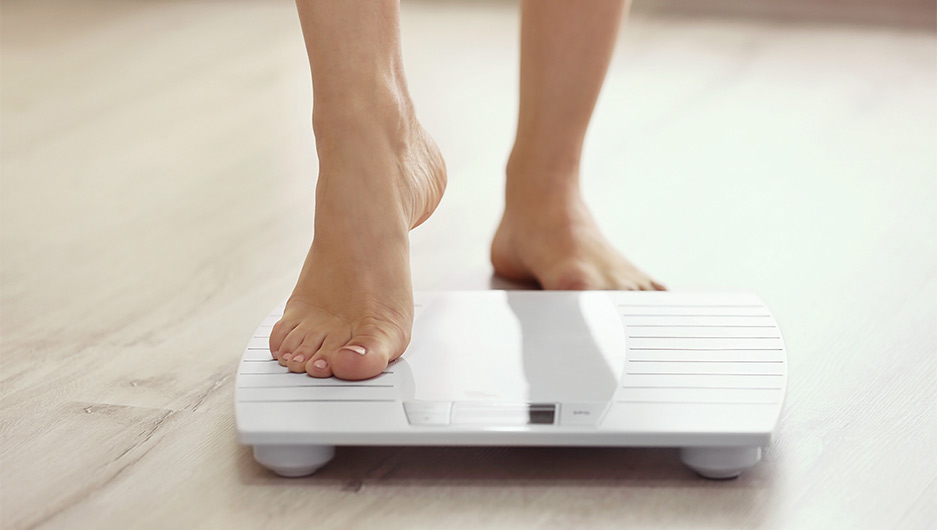A lot of people, almost every one of us experiences acidity, acid reflux or heartburn every few days – at least once or twice a week. Commercial medications like omeprazole are used very frequently to deal with acidity. However, these medications are not a long-term solution and can have adverse effects, especially if overused. What’s the solution then? Simple lifestyle modifications and home remedies for acidity can have greater and surprising effects.
Bringing some very simple and easy changes to your diet, changing your sleep pattern, and changing your eating habits and timings can significantly improve acidity symptoms. This very important guide will help you with some amazing, easily practicable home remedies to effectively fight with acidity. Before discussing that, let’s know a bit in-depth about acidity.
What is Acidity and What Are Common Symptoms?
Commonly termed as “acidity”, acid reflux is a very common phenomenon due to stomach’s action of pushing the acid towards the esophagus – a tube that connects your mouth to the stomach and helps in movement of food from the mouth to stomach.
Some types of acid reflux are completely normal and harmless and don’t cause any symptom. But when they happen quite frequently, there is a burning sensation inside the esophagus.
According to an estimation, about 14 to 20% of all US adults have one or other forms of acid reflux. Heartburn is among the most common symptoms of acidity, which causes a burning, painful sensation around the chest as well as throat.
Acidity is not harmful until it is completely ignored and left to become a causative factor for some other, more serious complications. People who regularly feel heartburn for months, as many as 20 to 40% of them are diagnosed with gastroesophageal reflux disease (GERD), which is potentially the advanced and more serious type of acid reflux. And interestingly, GERD is among the most common digestive disorders in the US.
In addition to regular heartburn, some other common acidity symptoms include difficulty swallowing, acidic taste at the back of the mouth, asthma, cough, inflammation of the sinuses, tooth erosion, etc.
Here are some very easily practicable natural ways of effectively dealing with acidity.
1. Avoid Overeating
It’s very easy to conclude that overeating is the most common factor responsible for acidity or acid reflux. And you must have to control it if you want to have a long-term solution.
You have ring-like muscle near the opening of esophagus in the stomach, which is known as “esophageal sphincter”. It works as a valve and stops the acidic contents of the stomach from reaching the esophagus. It opens naturally when you swallow food or drink, belch or vomit. Otherwise, it is made to remain closed all the time.
If you have continued acid reflux, there is a weakness or even dysfunction of this sphincter. Too much pressure on the sphincter wall, especially due to overeating may also weaken the sphincter’s muscles, resulting in the quick squeezing of acids through the opening.
And that’s why, without any surprise, acidity is common after finishing your meals. And larger, uncontrolled meals make the case worse.
So, what’s the most important step to deal with frequent acidity and belching? Avoid eating large meals. It doesn’t matter how delicious they are! It would be even more intuitive if you can divide your three meals into five or six short meals.
2. Follow a Low-Carb Diet
Various evidences suggest that diets low in carbs may give some relief from the symptoms of acidity. Scientists believe that undigested carbs may cause bacterial growth in the gut and increase abdominal pressure. Some scientists even claim bacterial growth as one of the major causes of acid reflux. And, impaired digestion and absorption of carbs is usually responsible for unwanted bacterial growth.
Excessive accumulation of undigested carbs in your digestive system may cause you feeling bloated and gassy, and it forces you to belch quite frequently. And interestingly, various studies indicate that diets low in carbs can effectively improve the symptoms of acidity.
In another study, researchers asked participants with GERD to consume prebiotic fiber supplements and noted that there was a significant improvement in the growth of gas-producing bacteria. And as a result, the symptoms of acidity got worse.
So, instead of consuming excessive carbs, try adding low-carb foods such as lean meat, eggs, fish, cauliflower, broccoli, chicken breast, nuts, seeds, coconut oil, olive oil, apples, strawberries, and blueberries etc.
3. Basil Leaves
Carminative and soothing properties of basil leaves can help you with quick relief from acidity symptoms, including belching, heartburn, the fullness of stomach, and nausea etc. Whenever you get first signs of acidity, eat a handful of fresh basil leaves, or boil them in a cup of water to make basil tea. Sip the tea frequently throughout the day to ease the complications.
4. Fennel
Chewing fennel or “sauf” after every meal can be one of the best preventive measures to keep acidity at bay. Fennel is known for its amazing gastrointestinal benefits and can be among the most effective home remedies for acidity. In particular, Fennel tea is very useful to ease indigestion and bloating, especially after heavy meals.
5. Cinnamon
Cinnamon is a very humble spice known as a very good natural antacid. Adding cinnamon to your cuisines can also keep the acidity symptoms at bay. For quick relief, consume one or two cups of cinnamon tea to heal your gastrointestinal tract. In addition to its antacid prowess, cinnamon is loaded with additional nutrients too.
6. Buttermilk
Buttermilk is among the “Sattvic” food described in Ayurveda. So, whenever you feel heavy, especially after a spicy meal, try sipping a glass of our very own, desi chaas instead. Buttermilk is packed with lactic acid and is surely one of the most underrated home remedies for acidity. Hopefully, you will understand its effectiveness and will add to your diet quite regularly. To enhance the taste, add a pinch of black pepper or one tbsp ground coriander leaves.
7. Jaggery
Ever wondered, why our grandparents usually finish the meals with a piece or two of jaggery? Because it is high in magnesium and significantly improves intestinal health. Jaggery or gur improves digestion by making your digestive system more alkaline. Eat a short piece of jaggery after every meal, and notice the difference. You can also enjoy the “gur sharbat” in summers to keep your stomach temperature down and feel fresh throughout the day.
8. Cloves
Cloves have earned a prominent place in traditional medicines, especially in Ayurveda and Chinese. Cloves are among the top home remedies for acidity, as it is carminative in nature, and can prevent the excessive formation of gas in the gastrointestinal tract. Adding cloves while cooking especially to recipes like kidney beans and black gram, can greatly affect digestive health. You can also try eating crushed cloves with an equal quantity of cardamon to get quick relief from acidity. The combination of cloves and cardamon will also improve the odor from the mouth.
9. Cumin Seeds
Cumin seeds are among the most effective acid neutralizers and can ease digestion as well as stomach pain. Roast a handful of cumin seeds, crush them slightly and stir in a glass of water. Consume after every meal to have a feel-good factor.
10. Ginger
Ginger hides multiple health benefits beneath its knobby appearance. Thanks to its anti-inflammatory attributes, ginger can be among the best home remedies for acidity and a myriad of other gastric problems. Ginger has been a common folk treatment for problems like nausea and stomach ache. In addition to improving your digestion, ginger can also improve the flow of saliva.
To get the best results, try chewing a few thin slices of fresh ginger. Alternatively, squeeze one tbsp ginger juice by crushing, and consume twice o thrice a day. For even better results, steep a piece of fresh ginger in a cup of boiling water and drink after meals.
11. Cold Milk
If you are not intolerant to lactose, cold milk can also help you to deal with acidity easily. Like buttermilk, cold milk is also among the most underrated and ignored home remedies for acidity. It can be proved a blessing for those who are suffering from chronic acidity due to problems like a gastric ulcer or GERD.
Milk is loaded with calcium and can prevent the buildup of acid in the stomach when consumed cold. So, bust the myth that milk should be consumed warm or hot only, and try drinking cold milk right from your refrigerator next time when you feel acidic.
12. Coconut Water
Coconut water is a great natural solution for upset stomach. It works as an amazing detox and improves your digestion by soothing the stomach and preventing constipation. Additionally, drinking coconut water regularly can also improve your stomach’s pH levels and work on mucous production in the stomach. Mucous protects your stomach lining from acid production and its harmful effects. Since coconut water is rich in fiber, it also prevents the re-occurrence of acidity.
Like we said earlier, acidity is not a huge problem, but it may result in more serious complications if ignored or left untreated. Instead of loading your body with antacids, try one or more of these home remedies for acidity. If you get acidity quite often and for a very long time without any improvement in symptoms, talk to your doctor for an appropriate diagnosis for the exact cause(s) and suitable treatment.











